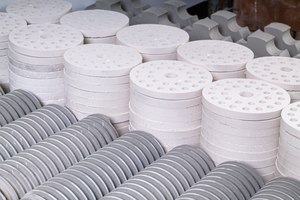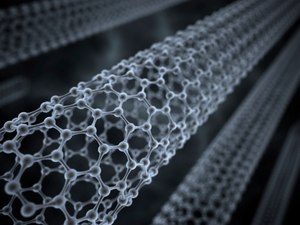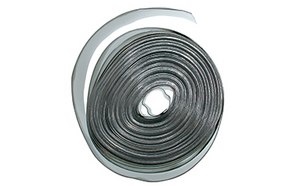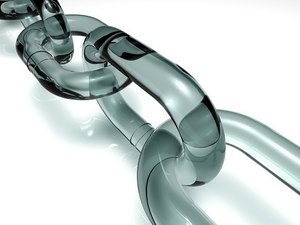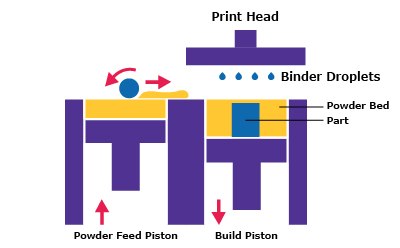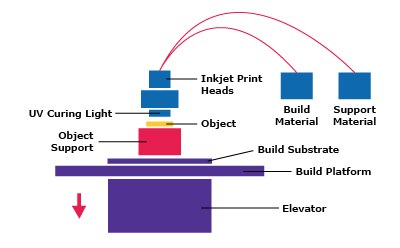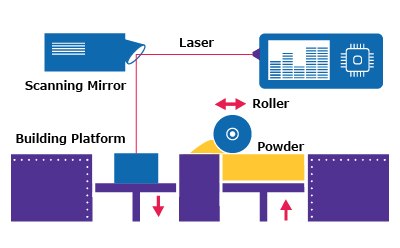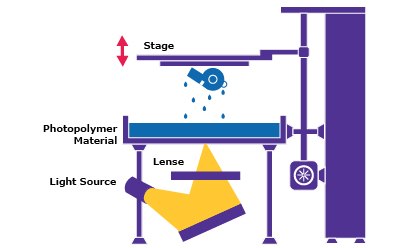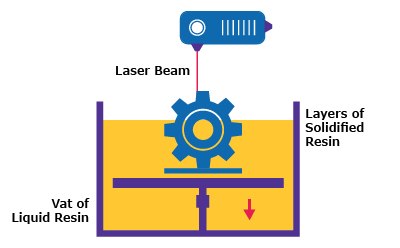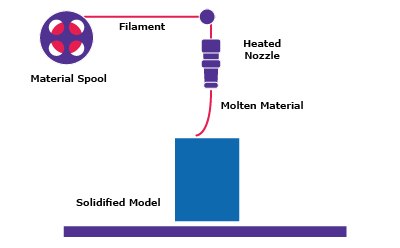3D Printing
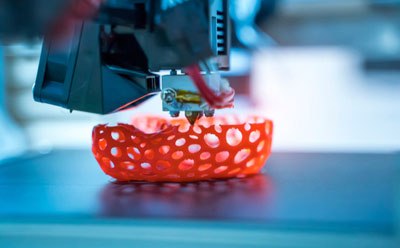
3D printing, also called additive manufacturing, is a process for making a three-dimensional object from a digital model by successively fabricating material layer-by-layer in an additive manner. First, a virtual 3D representation of the object is rendered using computer-aided design (CAD). Then, the model is ‘sliced’ into a series of horizontal layers to convert the design into an STL (standard tessellation language) file that is readable for the 3D printer. This data is then transferred to the printer, and the printer settings are defined. The final object is produced one layer at a time, with each layer bonding and building on the previous one.
Due to the ability to produce very complex shapes and structures with high precision and repeatability from a diverse range of materials, 3D printing is used for a broad range of applications in aerospace, automotive, construction, fashion, food, jewelry, manufacturing, and medical sectors. There are numerous techniques to 3D print objects with different mechanical, thermal, and chemical properties from materials in molten, liquid, or powder states.
Featured Categories
We offer an extensive range of high purity oxides and ceramics with specialized synthesis and purification techniques, and distinct particle sizes.
Discover diverse carbon nanomaterials: fullerene, nanotubes, graphene, quantum dots, nanodiamonds. Fuel energy, electronics, therapeutics research.
Metals of Excellence: Elevate R&D, production, and quality control with our varied metal offerings. Unmatched purity and batch-to-batch consistency.
Find specialized polymers for high-strength structural applications, including thermoset, thermoplastic, and 3D printing options.
Vat Polymerization
Vat polymerization uses photopolymerization to cure and solidify liquid polymer resin. Stereolithography (SL) was the first type of 3D printing developed and commercialized using this method. An SL printer uses mirrors positioned at the X-Y axes to direct a laser beam across a vat of resin to create a cross-section of the object. Digital light processing (DLP) uses a projector with an LCD screen or UV light source to flash light, creating each layer. This type of resin-based 3D printing is fast because an entire layer is exposed all at once. Masked stereolithography (MLA) uses an array of LEDs to shine UV light through a liquid crystal display (LCD) photomask.
Fused Deposition Modeling(FDM)
Fused deposition modeling (FDM), also called fused filament fabrication (FFF) or material extrusion, is the most common and inexpensive 3D printing technology. A spool of thermoplastic filament (e.g., PLA, ABS) is heated to its melting point and extruded through a nozzle onto a platform, where the molten material cools and solidifies. This technology is used in injection molding and modern plastic manufacturing for ready-to-use products.
Powder Bed Fusion
Powder bed fusion selectively cures polymer or metal powders with a thermal energy source to create a solid plastic or metal object. First, the powder is heated to a temperature just below its melting point. Then, a roller distributes a very thin layer of powder over the surface of the building bed before a laser passes over the layer to fuse it. Once a layer is completed, the powder bed sinks incrementally to form the next layer. Selective laser sintering (SLS) successively sinters polymer powder with a laser. Selective laser melting (SLM) involves fully melting metal powder instead of sintering it. Other forms of metal powder bed fusion include direct metal laser sintering (DMLS) and electron beam melting (EBM).
Jetting
Material jetting uses inkjet printer technology to add tiny droplets of photopolymers or wax onto a build plate. An ultraviolet (UV) light simultaneously cures the layers as they are printed. Material jetting (MJ) deposits material in a rapid, line-wise fashion, rather than point-wise. Therefore, multiple objects can be fabricated in a single line. Moreover, this method allows different materials to be printed in the same object. Drop-on-demand (DOD) 3D printing technology uses a set of two inkjets to deposit both the final object material and dissolvable support material simultaneously.
Visit our document search for data sheets, certificates and technical documentation.
Related Articles
- Additive manufacturing combined with nanomaterial-based inks enhances material properties, particularly in energy and environmental applications.
- A nanocomposite is typically defined as a mixture between a host material (e.g., polymer matrix) and nanofillers with at least one dimension of less than 100 nm.
- Three-dimensional printing technology applications range from personal tools to aerospace equipment.
- Functional materials for printed electronics applications enable flexible displays, RFID tags, and biomedical sensors.
- Inkjet printing is one of the key enabling technologies of printed electronics. Inkjet printing technology classification, aspects of materials (inks, substrates) and respective pre-and post-processing steps are discussed.
- See All (21)
Related Protocols
- Polymeric spheres serve as crystal templates. Synthesis methods yield large quantities.
- See All (1)
Find More Articles and Protocols
How Can We Help
In case of any questions, please submit a customer support request
or talk to our customer service team:
Email custserv@sial.com
or call +1 (800) 244-1173
Additional Support
- Chromatogram Search
Use the Chromatogram Search to identify unknown compounds in your sample.
- Calculators & Apps
Web Toolbox - science research tools and resources for analytical chemistry, life science, chemical synthesis and materials science.
- Customer Support Request
Customer support including help with orders, products, accounts, and website technical issues.
- FAQ
Explore our Frequently Asked Questions for answers to commonly asked questions about our products and services.
To continue reading please sign in or create an account.
Don't Have An Account?